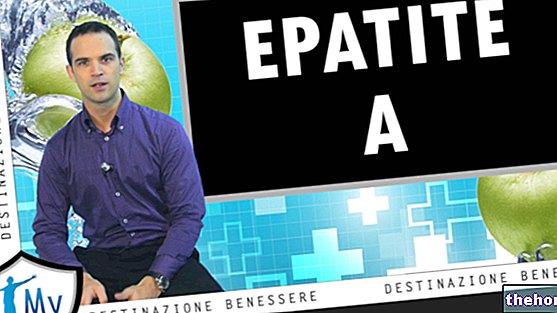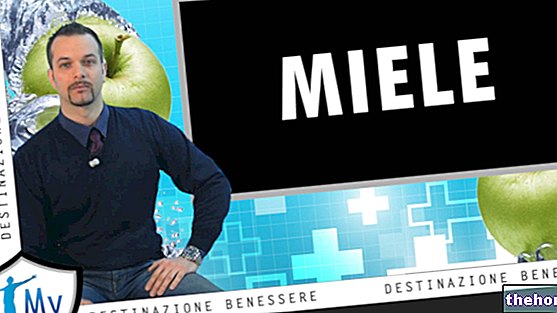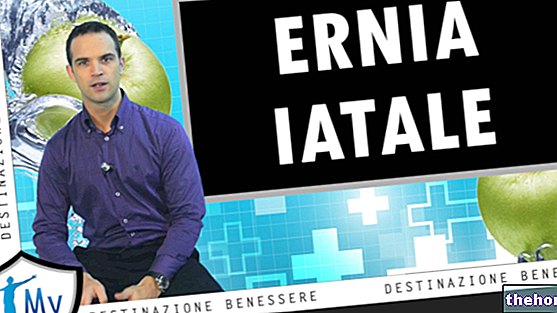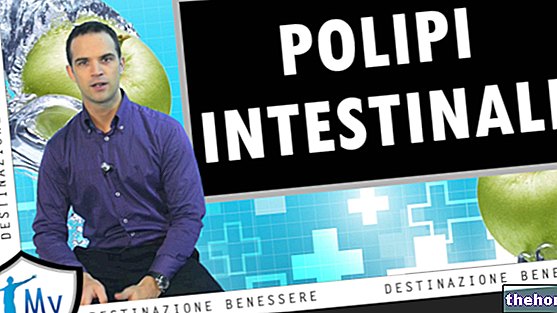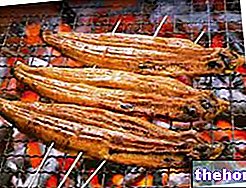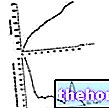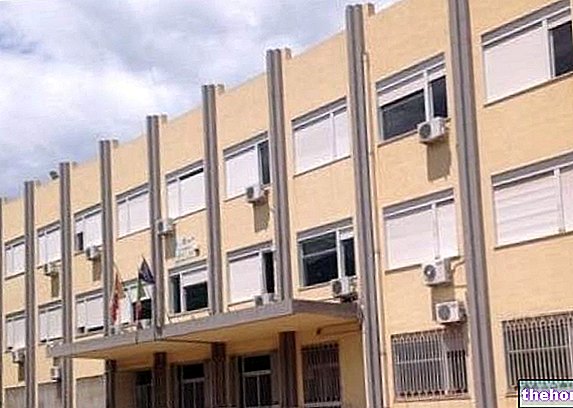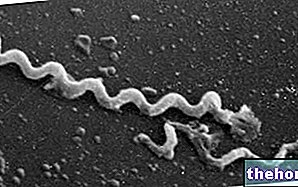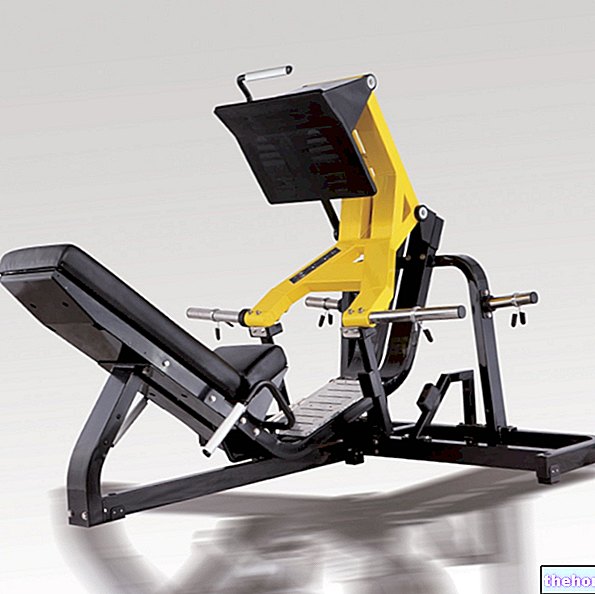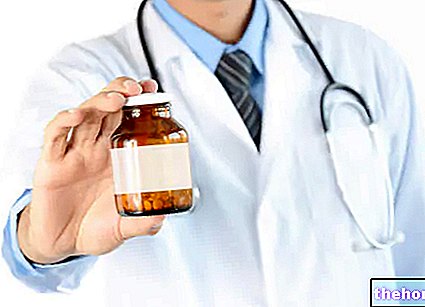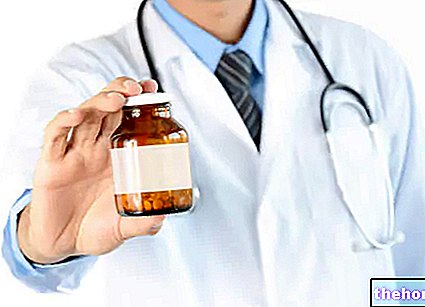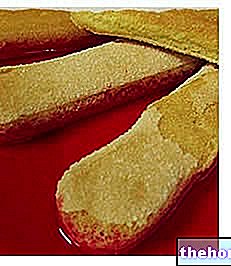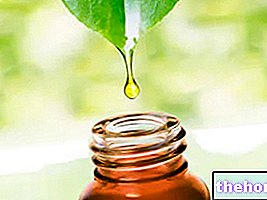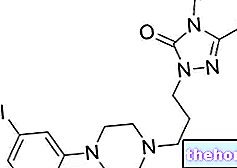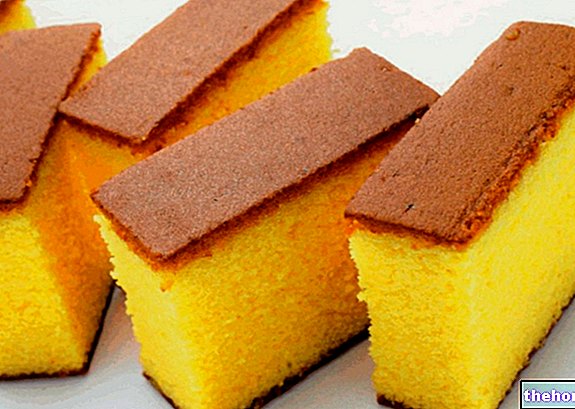In this episode we talk about esophagitis, a rather common disorder especially among those suffering from heartburn and gastroesophageal reflux problems. But first of all, what is esophagitis? As the suffix -ite reminds us, it is an "inflammation of the esophagus", particularly its innermost lining, called the esophageal mucosa. Before proceeding, I remind you briefly that the esophagus is a tube, a muscular canal, about 25 cm long and 2 wide. It extends from the pharynx, then from the throat, to the pit of the stomach and has the task of carrying the ingested food. in the stomach. As we will see, the causes of esophagitis can be of various kinds. Most of the time this inflammatory process is associated with gastro-oesophageal reflux, therefore with the frequent ascent into the esophagus of the acidic juices produced by the stomach.The main symptoms of esophagitis are represented by difficulties in swallowing and burning behind the sternum, at the so-called "pit of the stomach". The treatment of esophagitis is based on the "use of specific drugs, supported by any corrections of the diet and lifestyle. Among the most used drugs are proton pump inhibitors, which block acid secretion, and prokinetic drugs, which accelerate gastric emptying. But let's proceed in order and first of all let's see why esophagitis can arise.
The most common form of esophagitis is the so-called reflux esophagitis; as the name suggests, it is a frequent complication of gastroesophageal reflux disease. Briefly, I remind you that this disease is characterized by the frequent ascent of the acidic contents of the stomach towards the esophagus. Normally, this ascent is prevented by the presence of a sort of valve at the point of passage from the esophagus to the stomach; this valve opens only to allow food to enter the stomach, after which it closes to prevent reflux. When this mechanism does not work properly, the acid content of the stomach can go back up into the esophagus damaging its internal walls. If this phenomenon occurs occasionally However, when the reflux becomes too frequent the repeated acid insults end up damaging and inflaming the mucous membrane of the esophagus. This is how esophagitis appears. Gastroesophageal reflux is favored by obesity, cigarette smoking, stress and some incorrect dietary and behavioral habits; among these we remember diets too rich in fats and foods that are difficult to digest, abuse of alcohol, insufficient chewing of food and the habit of going to bed immediately after meals. In addition to the cases of esophagitis related to reflux problems, there are others linked to different causes of origin. For example, inflammation of the esophagus may be the consequence of prolonged use of certain drugs, such as some non-steroidal anti-inflammatory drugs. There are also forms of esophagitis due to infections of bacterial, fungal or viral origin; for example candida esophagitis, which is generally the prerogative of severely immunocompromised patients. Finally we remember the cases of esophagitis linked to exposure to ionizing radiation, allergic phenomena or the ingestion of corrosive chemicals or foreign bodies.
A subject affected by esophagitis complains of fairly typical symptoms, such as frequent acid regurgitation that can reach the mouth, retrosternal burning and difficulty in swallowing. Burning worsens after meals, especially after consuming fatty, heavily spiced or spicy foods, or after drinking alcohol and carbonated drinks. In some cases, esophagitis can also present with other symptoms, such as chest pain that can be mistaken for a heart attack or cough and hoarseness up to the onset of asthma attacks.
In the absence of adequate treatment, esophagitis can cause ulcerative lesions of the esophagus. These are real erosions which, depending on the depth, can degenerate into more or less severe bleeding. Chronic bleeding of the esophageal mucosa can lead to anemia and, subsequently, to structural alterations of the organ such as esophageal strictures. The growth of scar tissue to repair ulcers can in fact cause the narrowing of the lumen of the esophagus, which in medical language is defined precisely as esophageal stenosis. Another particularly known and feared complication of esophagitis is the so-called Barrett's esophagus. It is a real structural transformation of the cells of the esophagus, which adapt to better withstand the acid insults caused by reflux. Unfortunately, even if it might seem favorable, this cellular alteration can favor the appearance of a tumor of the esophagus. .
Esophagitis is diagnosed through an endoscopic examination, often also extended to the stomach. I am referring to the famous gastroscopy. During the examination, a flexible instrument, equipped with a camera at the end, is introduced from the patient's mouth to the esophagus. In this way, the images of the camera projected on the screen allow the extent and extent of esophageal lesions to be assessed. In addition, the doctor may also perform a biopsy during the examination, which consists of taking small samples of the mucosa. These samples are then analyzed in the laboratory to better define the causes and possible complications of esophagitis, such as Barrett's esophagus. In addition to gastroscopy, the doctor can also use other instrumental tests. These include the execution of an x-ray with a barium meal, gastroesophageal manometry and pH-metry.
The treatment of esophagitis is obviously related to the causes of origin. In reflux esophagitis, drugs are used that reduce stomach acid secretions; in this way, the esophagus is given the time necessary for the regression of the inflammatory process. Among these drugs we remember antacids and especially proton pump inhibitors, such as omeprazole or lansoprazole; these drugs can be combined with active principles with prokinetic action, that is, capable of promoting stomach emptying. If the esophagitis is due to the intake of particular drugs, such as aspirin, the doctor will suggest its suspension and the use of alternative pharmacological therapies. In cases of infectious esophagitis it is necessary to intervene with antibiotics, antivirals or antifungals to eradicate the 'responsible pathogen. Finally, if the esophagitis is caused by an allergy, it is necessary to limit contact with the substance that causes the allergic reaction, possibly resorting to antiallergic and anti-inflammatory drugs that are not gastro-injurious. ineffectiveness of the drugs, it is necessary to intervene surgically.
In the presence of a "reflux esophagitis, the modification of lifestyles and bad eating habits is very important. For example, fatty, acidic or spicy foods, fried foods, carbonated drinks, alcohol, coffee, mint and chocolate should be avoided, especially in the meal. The reduction of body weight in obese or overweight subjects is also very useful. We have already underlined the importance of avoiding lying down immediately after eating, and of eliminating the use of tobacco and alcohol. Temporary measures are also useful, such as raising the head of the bed a few centimeters, not too much, and avoiding clothing that is too tight at the waist.

